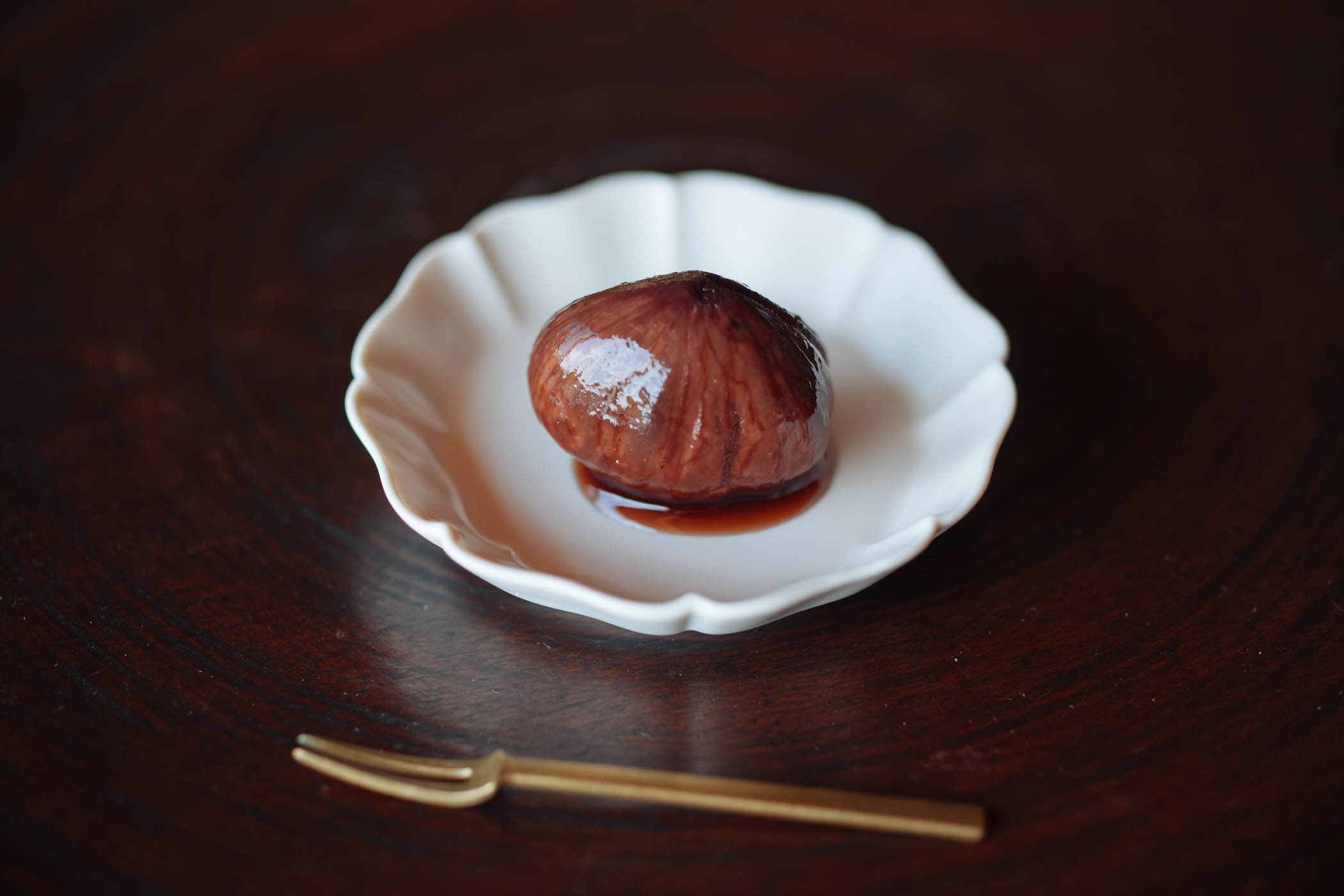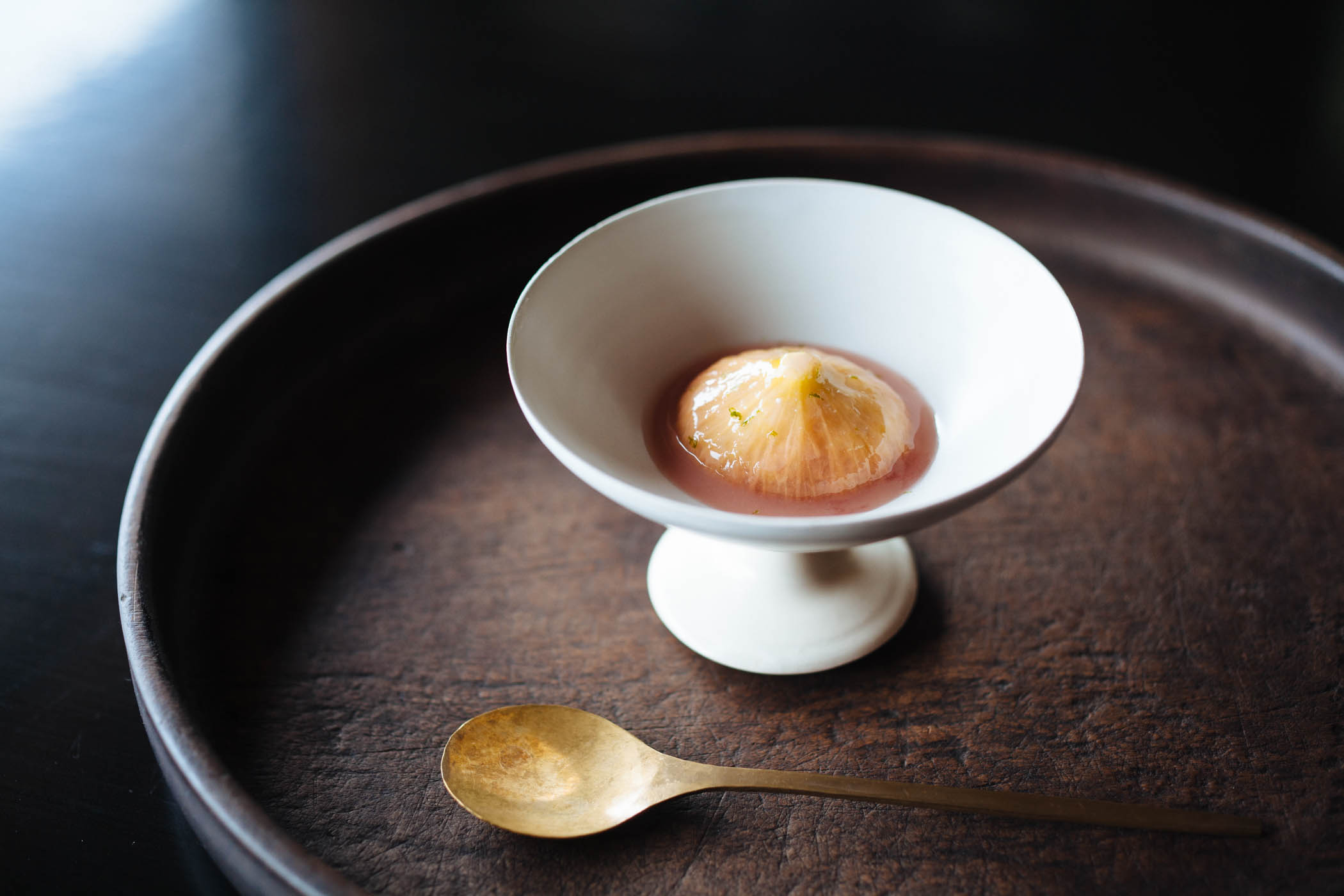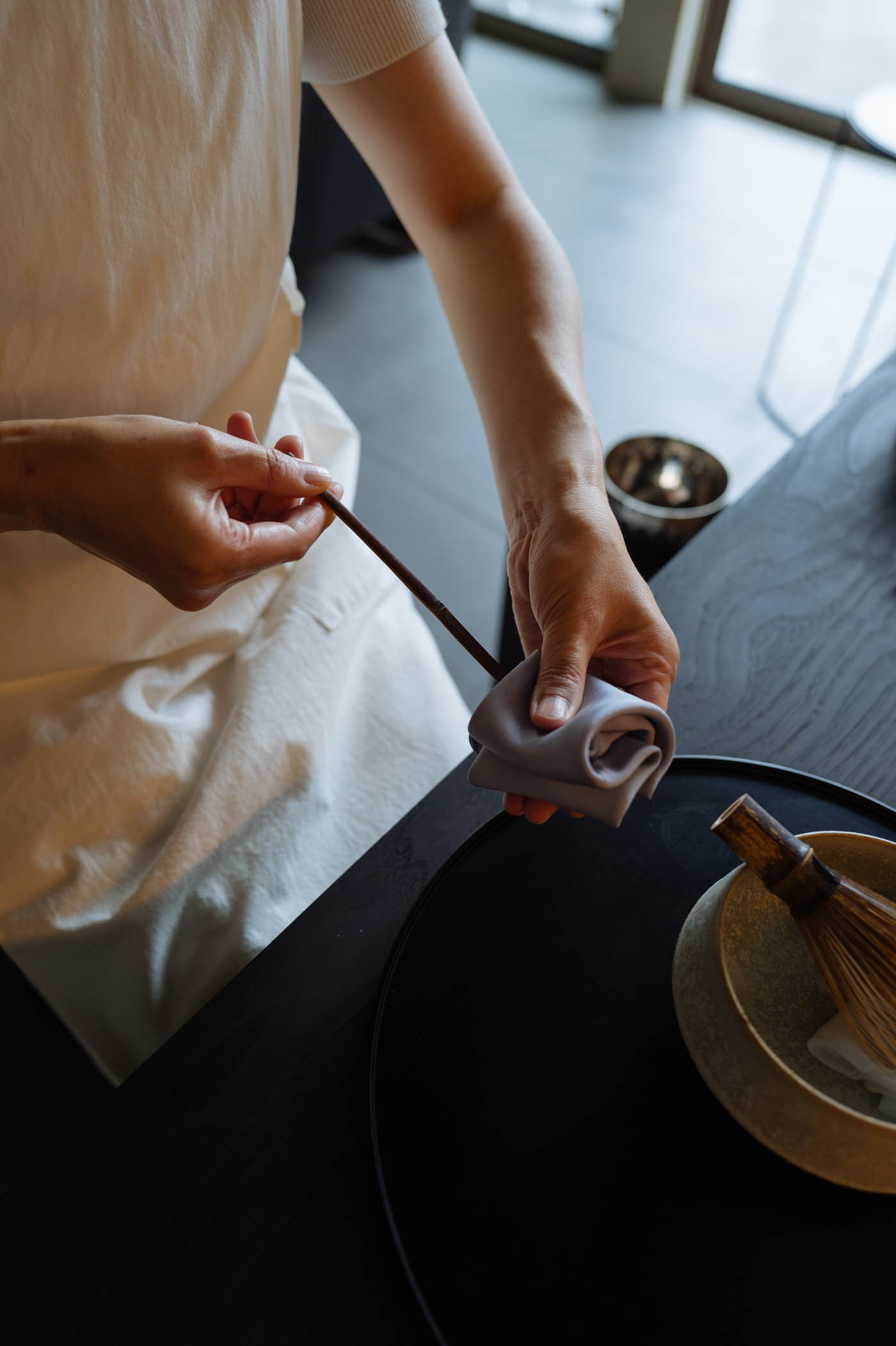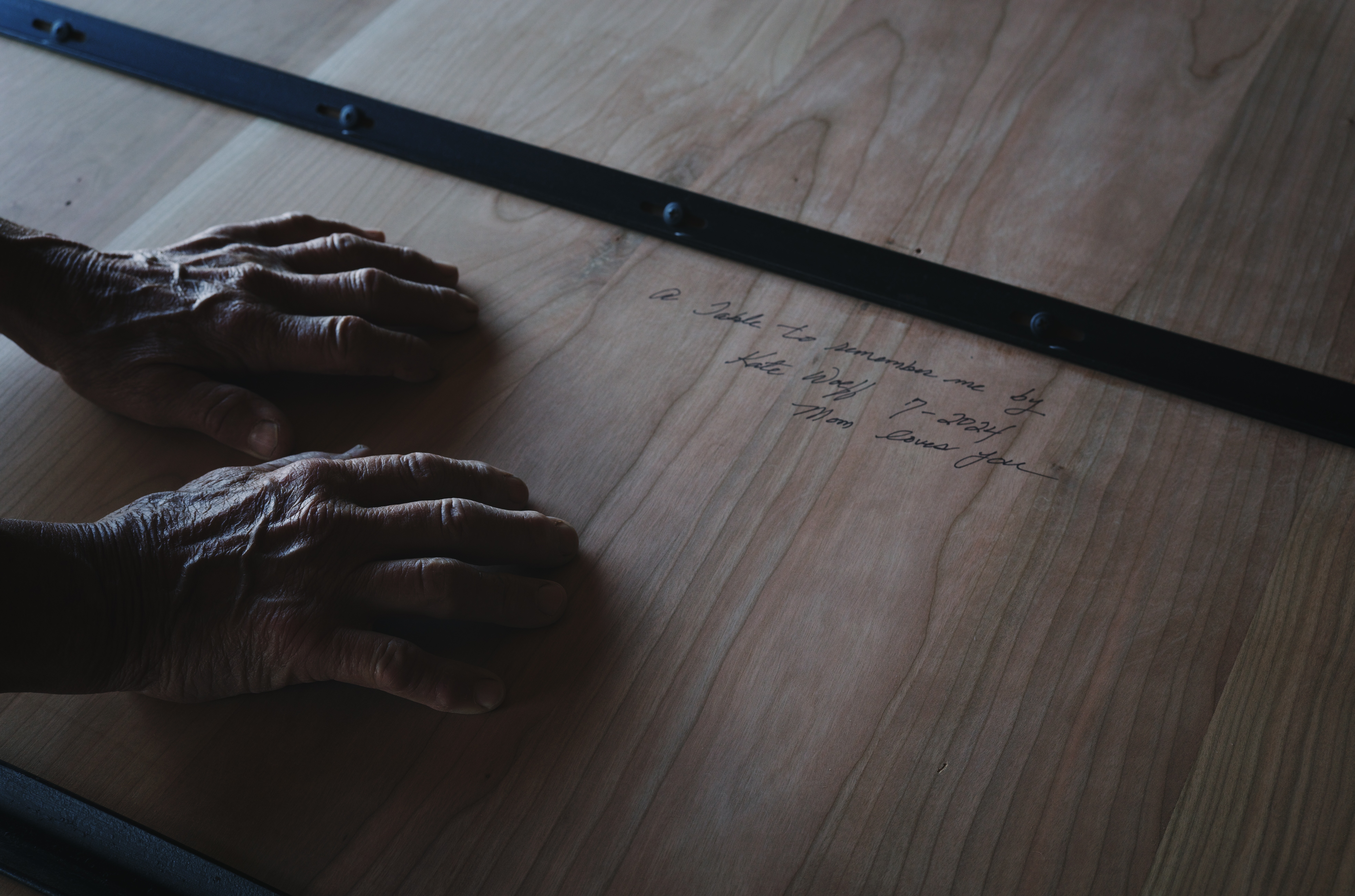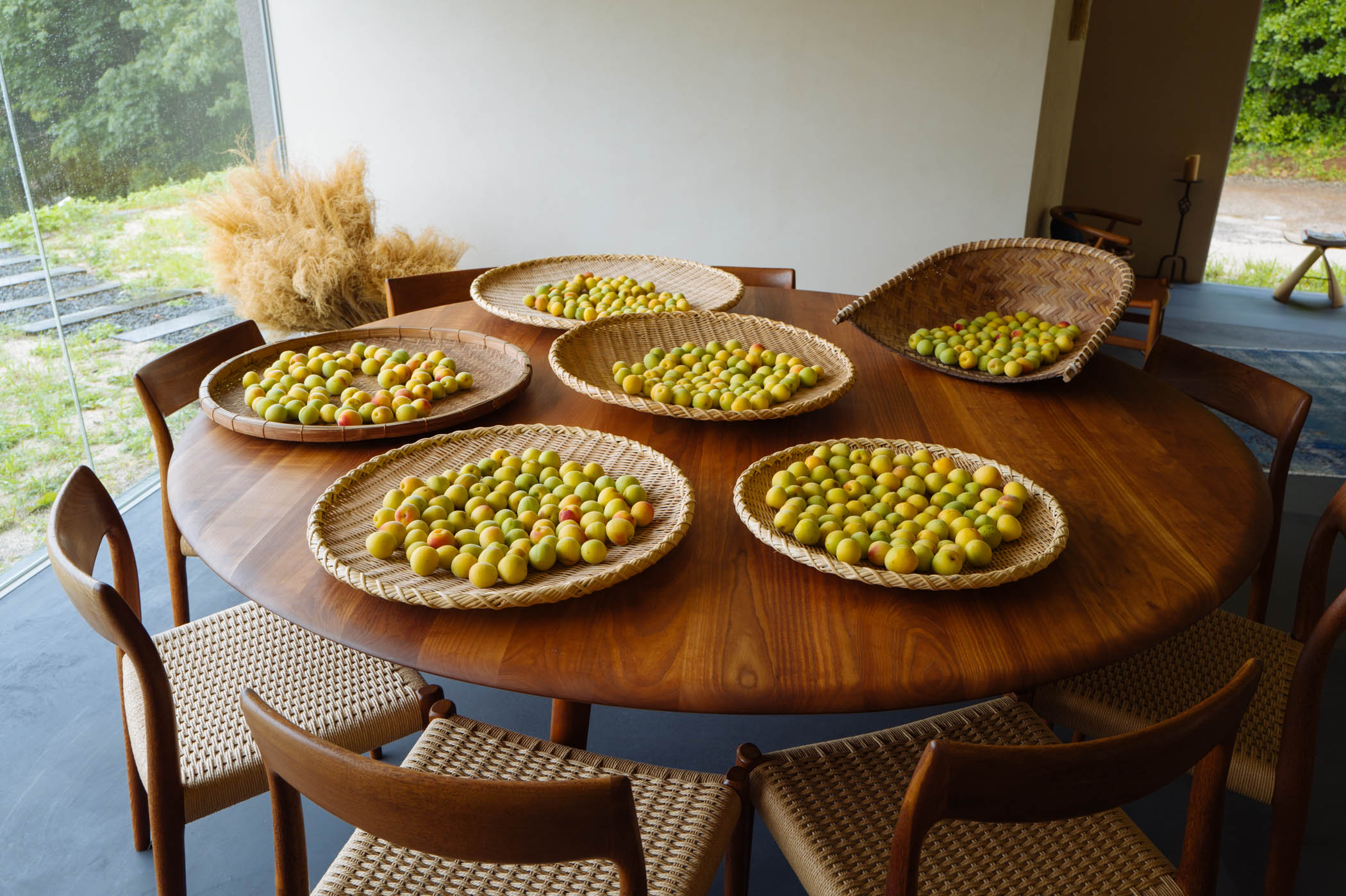Wakame salad to celebrate spring
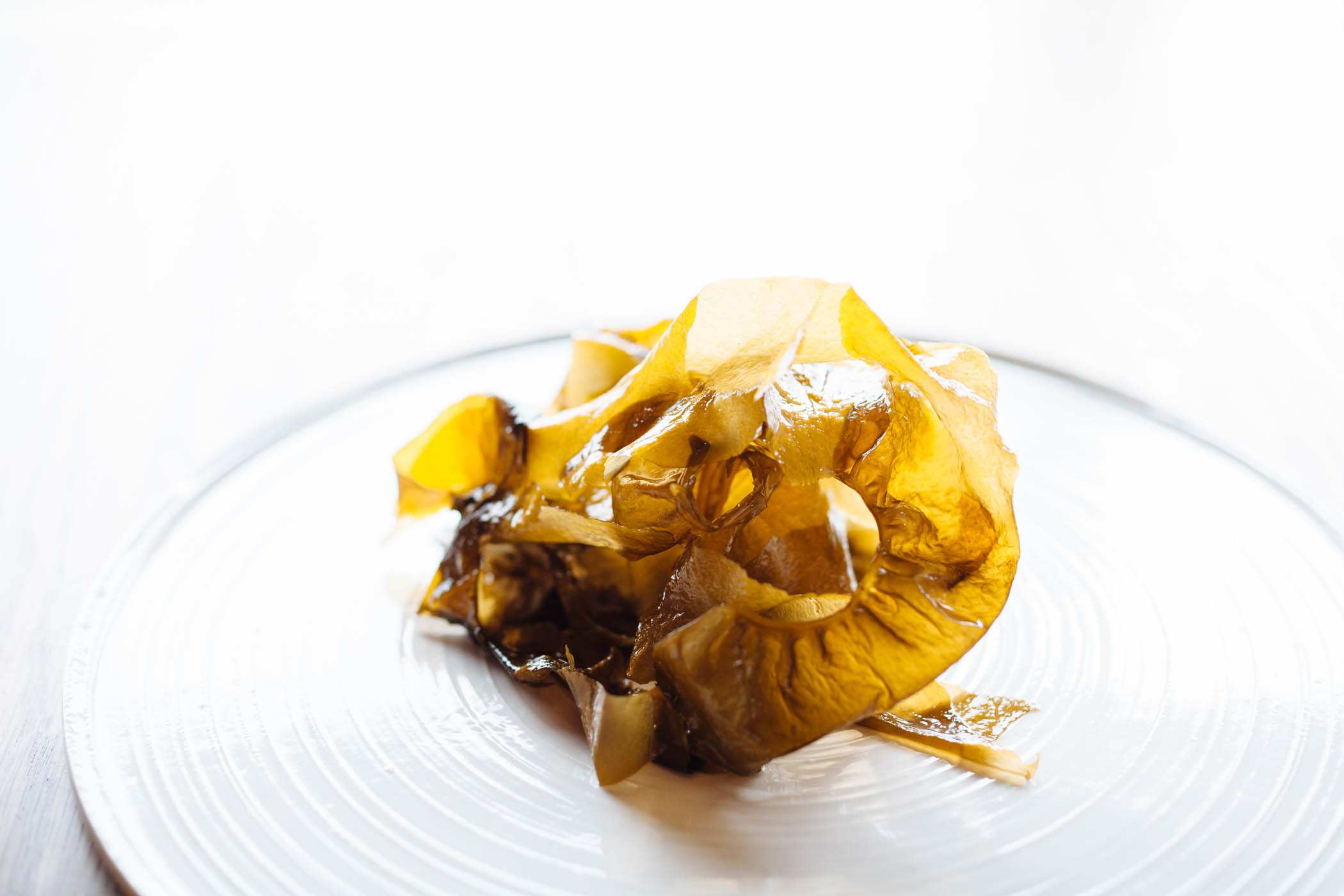
I stood on the breakwater at the harbor in Minato, a hamlet along the coast of Karatsu, and watched as Sakamoto san swam towards me through cold March waters. I had come to meet the small band of free-divers who dive here. Karatsu is a coastal town on an outcropping of land in the northwest of Kyushu. The shoreline is long and if you were to set sail from here in a northwesterly direction through the Sea of Japan, you would pass the island of Iki, then Tsushima, and land in the South Korean city of Busan within the day. These sheltered waters bless us with a daily supply of the freshest catch. While fishing vessels bring in larger fish from deeper waters, free-divers work in shallower waters collecting uni, octopus, abalone, horned mollusks, and wakame seaweed.
Armed with only a metal hook with which to pry shells free of the rocks, ama dive without oxygen to harvest delicacies found up to five meters below. It is exhausting work and though there are many technologies available in this modern age that would allow for longer dives and larger harvests, ama have collectively agreed not to employ them. The limits of breath and exhaustion force them back to land with a moderate sized harvest that doesn’t threaten the overall health and supply of natural ecosystems.
Sakamoto-san emerged from the sea in a black wetsuit trawling a large harvest of shin-wakame. The brown, lobe-leafed new spring algae spilled from nets belted to his waist. Already in his sixties, he was the eldest of a group of male ama. Though pronounced the same, the word ama is written differently for men and women. For men, ama roughly translates to sea warrior. Restricted to a couple of hours a day on certain days of the month, diving alone does not a livelihood make and for most of these men diving in the afternoon comes on the heels of long mornings tending fields or out on fishing boats. I arranged to return the following week to photograph them and as I left, Sakamoto gifted me a few large, glistening faun brown fronds.
Like a retriever with a stick, I took the freshest wakame I had ever encountered home and presented it to Kuniko. She walked me through the rather simple steps to prepare it for eating. She set a large pot of water to boil and rinsed it clean. With a bowl of cold water to the side, she dipped one frond at a time into the pot on the stove. The moment it hit the gently boiling water it burst into an emerald shade of green. It was dazzling, an instant transformation that reminded me of my days in darkrooms, of the thrill in watching an image etched in light emerge on the paper. As soon as each one turned green she placed it in the cool water.
We blotted the leaves of seaweed dry and tore the great fronds in half. If you get a fingernail just in the middle of the spine at the base and pull the two halves away from each other, they split cleanly down the center vein, she told me. With a knife in hand, we sectioned the halves into bite-sized slips and piled them in a metal bat lined with soft, thick kitchen towel. Now it’s ready to add to soups or simmered dishes, she said. The process is so easy and so much fun that I now try to find these fresh, unprocessed fronds whenever I can. Shin-wakame is more frequently sold pre-blanched and salted to extend its viability and needs nothing more than a quick soak to remove salinity.
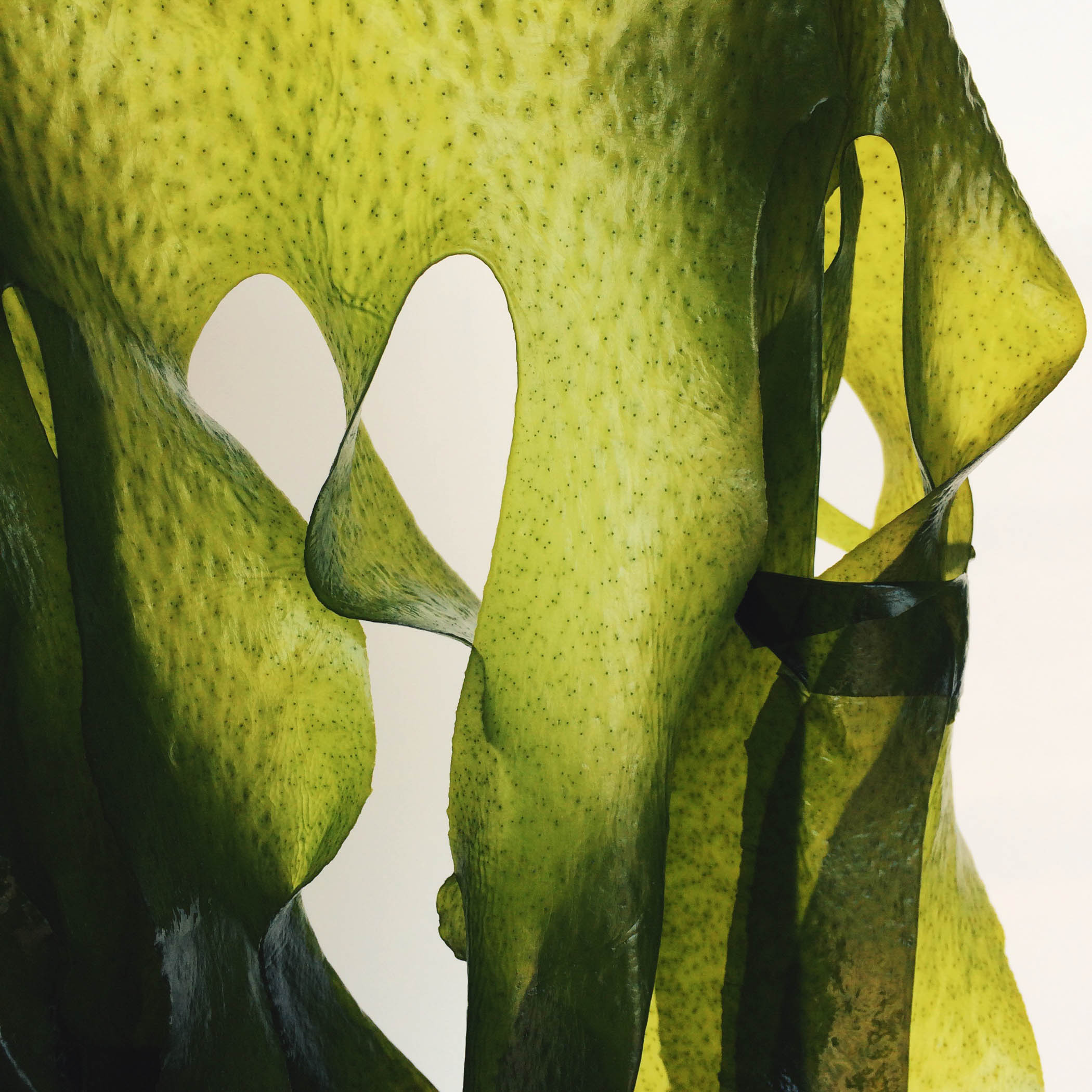
Wakame is a calorie free food rich in nutrients including fiber, magnesium, calcium, iron, potassium, and vitamin A. Its green color and springy texture are its greatest gifts in the kitchen. It’s comforting in a bowl of red miso soup on a day when spring winds blow colder than it seems they ought. With the bowl pressed to the lips velvety wakame rides on a hot umami rich current and a quick bite or two acknowledges the pliant smooth bits. Silken slips of this seaweed, glossy and green, is a thing of beauty when showcased in clear broth soups. It is delicious throughout spring and into early summer and pairs nicely mounded in a shallow bowl beside a myriad of other spring vegetables.
As the weather warms and cravings for hot dishes wanes, a salad of wakame tossed in a vinegary dressing is one of my favorite ways to enjoy it. Wakame and mild spring onions that have been sliced, soaked, and drained are doused in an elegant, fragrant, and lightly sour rice vinegar. Chirimen-jako, the regional name for tiny whitefish, are fried in light sesame oil with sansho, the berries of the Japanese prickly ash tree, until crunchy and warm. Added to the wakame, oil and all, the whole mixture is topped with dry roasted sesame seeds. Silken vinegared wakame, crunchy oil-slicked chirimen-jako, the peppery bite of sansho, and the nutty aromatics of roasted sesame blend into a festival of textures, tastes, and aromas. It is light, refreshing, delicious, and uncommonly nutritious, a dish perfect for a blooming spring.


